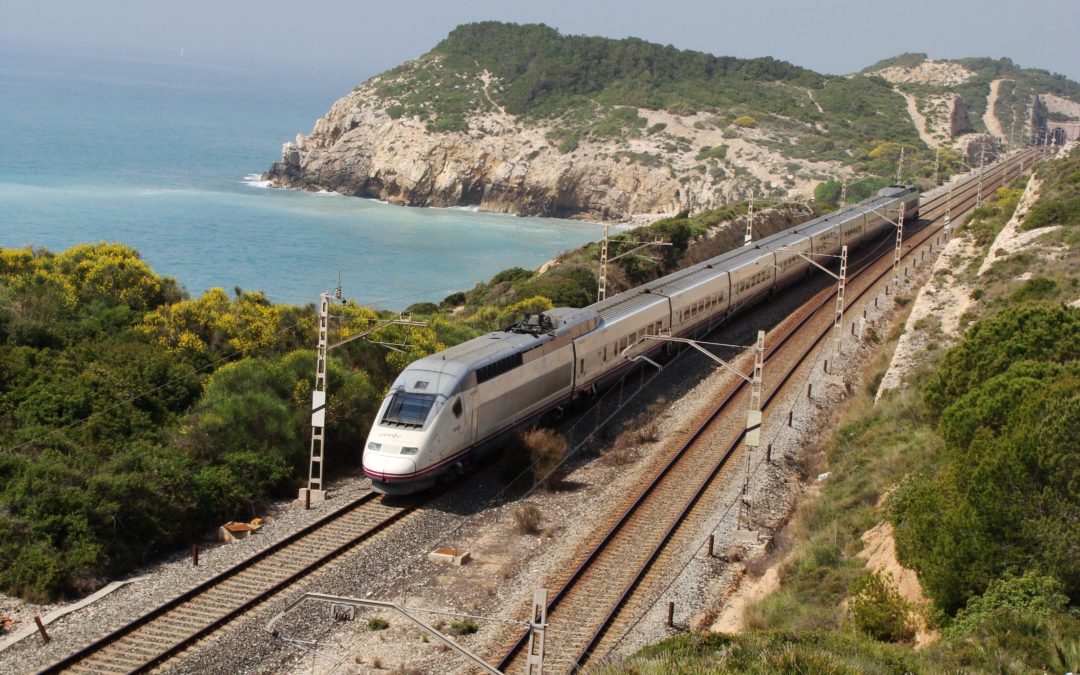For many, the Mediterranean Corridor is one of the nine transport axes approved by the European Union in 2011 to constitute the basic European transport network. This axis runs from Algeciras to Budapest via important Mediterranean ports and penetrates the hinterland of Central Europe from Italy. This same European decision of 2011 also defined the Atlantic Corridor connecting the Portuguese ports to Strasbourg and Southern Germany via Madrid and Paris. It is inevitable that in Spain they will be seen as competing corridors, notably as regards the investments which make them possible, but both corridors form part of a network whose strength lies in its interconnections, enhancing each other. To see them as independent axes and only as a line of financing for local connections is a very short view of reality. The key is their interconnections and that the Iberian Peninsula is connected internally and achieves synergies.
The Mediterranean Corridor is a unique reality long before the European Union approved it with some lines of financing. The Romans defined it with the Via Augusta that connected Cadiz with Rome passing through the main Mediterranean cities and ports but at the same time created a dense interior connection with the Atlantic, in which Merida was one of its main nodes. It was in the 18th century when the connections via Madrid were centred and a radial relationship of the state was formed, disconnecting the territories between them and leaving the Southwest connection as the only purely interior one. In 1918 the Valencian lawyer, politician and financier Ignacio Villalonga, who after the Civil War promoted the Banco de Valencia, began to claim the Mediterranean Corridor, visualizing it already in an article with this sentence: “a railway will run near the Mediterranean coast, and Valencia will have transit trade from Catalonia and France, with the eastern part of Andalusia and Murcia”. Although there have always been voices calling for these connections since the 1970s, the French border with Alicante was already connected by motorway, making it Spain’s longest motorway connection with Central Europe. After the AVE Madrid-Seville, the next high-speed rail connection was opened with the Euromed that linked Figueres with Alicante. With all its limitations, the Mediterranean coastline was acquiring an increasingly high level of connections with Europe, which limited its impact to the area, as it remained isolated from the rest of the Peninsula. The higher connections soon became insufficient and revealed new needs for development, while other areas did not show the evidence of these needs, becoming increasingly isolated. And these are not two alternative connections, but very complementary ones, as we will show.


